29 Australian Wood Ducks in one clutch, and guess how many there are 6 weeks later – both numbers are phenomenal.
Australian Wood Duck, Maned Duck (Chenonetta jubata)
1/640, f/5.6, ISO 3200
~
Australian Wood Duck, Maned Duck (Chenonetta jubata)
1/640, f/5.6, ISO 3200
The weather conditions weren’t good and I needed to crank the ISO up to 3200 to get a shutter speed that was barely fast enough to catch these little beauties. I love the water patterns in the image above as the little duckling paddled furiously upstream.
Australian Wood Duck, Maned Duck (Chenonetta jubata)
1/1250, f/5.6, ISO 3200
With a little more light coming through the clouds I was able to increase the shutter speed to 1/1250th of a second. With so many ducklings it was tricky to get portrait images as mini photo-bombers turned up in lots of the images.
Australian Wood Duck, Maned Duck (Chenonetta jubata)
1/1250, f/5.6, ISO 3200
One moment they were in the water heading east, then they’d turn to the west, then they’d scurry onto the bank.
Australian Wood Duck, Maned Duck (Chenonetta jubata)
1/1250, f/5.6, ISO 3200
At one point I was tucked beside a little jetty when they ran towards me; luckily I could still focus with a big smile on my face.
Australian Wood Duck, Maned Duck (Chenonetta jubata)
1/1250, f/5.6, ISO 3200
I love the look of their spiky feathers and absolutely cannot comprehend why anyone would possibly find it ‘sporting’ or ‘recreational’ to hurt this native species.
Australian Wood Duck, Maned Duck (Chenonetta jubata)
1/1250, f/5.6, ISO 800
This raft of ducklings formed briefly before they all scattered again. With the aperture wide open at f/5.6 the depth of field was very shallow with just one duckling sharply focussed, which I think looks cute.
Australian Wood Duck, Maned Duck (Chenonetta jubata)
1/1250, f/5.6, ISO 800
They moved remarkably quickly on land and in water.
Australian Wood Duck, Maned Duck (Chenonetta jubata)
1/1250, f/5.6, ISO 3200
The image above was taken a moment before the third image – I’d put them the right way around if it wasn’t past 1am and I wasn’t quite so exhausted.
My friend is back in Buronga this week and saw the ducklings that are now close to fledging; 28 of them have survived! It’s absolutely astounding. The parent birds were impressive to watch when the ducklings were little and they must have maintained their energy and vigilance. The male ran towards walkers while the female pecked at the ducklings if they misbehaved.
I’ve read extensively about wood ducks and it’s agreed that their clutches are between 9-11 ducklings. I’ve also read, somewhere that I can’t re-find, that sometimes a female will lay her eggs in a tree hollow that is already being used by another pair of wood ducks. What is phenomenal about this clutch is that it would have needed three females to lay their eggs in the same tree hollow, at the same time, as all the ducklings appeared to be the same age.
Happy birding, Kim
~ thank you for visiting and commenting
~ if you would like to join the subscribers who receive a weekly email letting them know when lirralirra has been updated please use the ‘subscribe’ box above right
Exhibition! It’s exciting to see red dots blossoming on the images, and to meet many interesting visitors to the gallery – my thanks to everyone for the wonderful feedback, it’s much appreciated.
Where: Mont de Lancey Historic Homestead, 71 Wellington Road, Wandin North 03 5964 2088
When: until Sunday 11 December 2016 – open Wednesdays to Sundays, 10am – 4pm
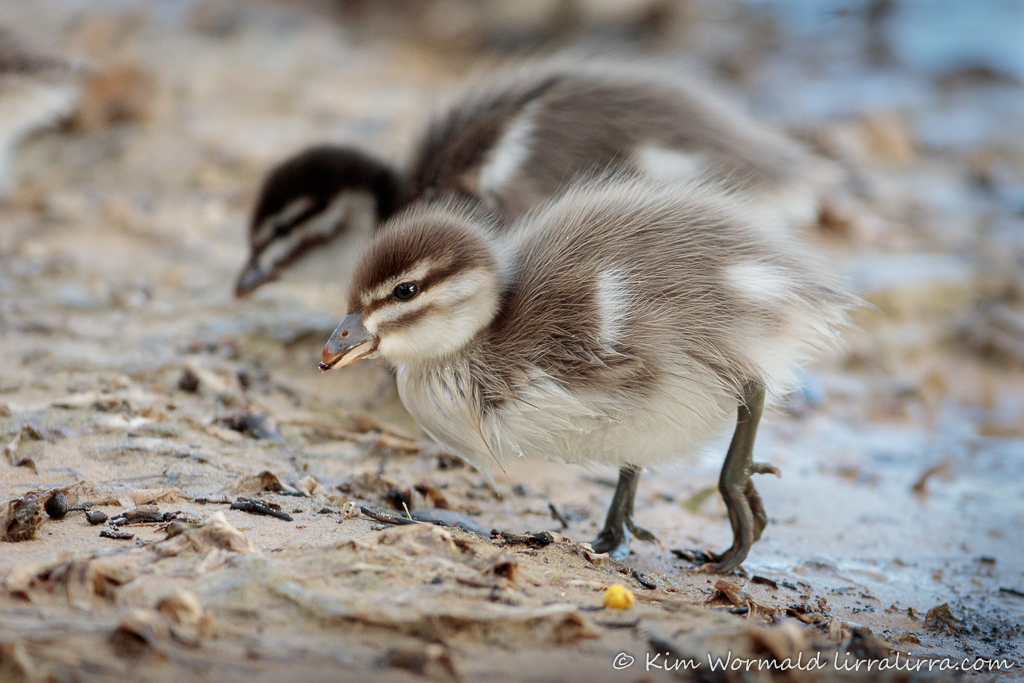
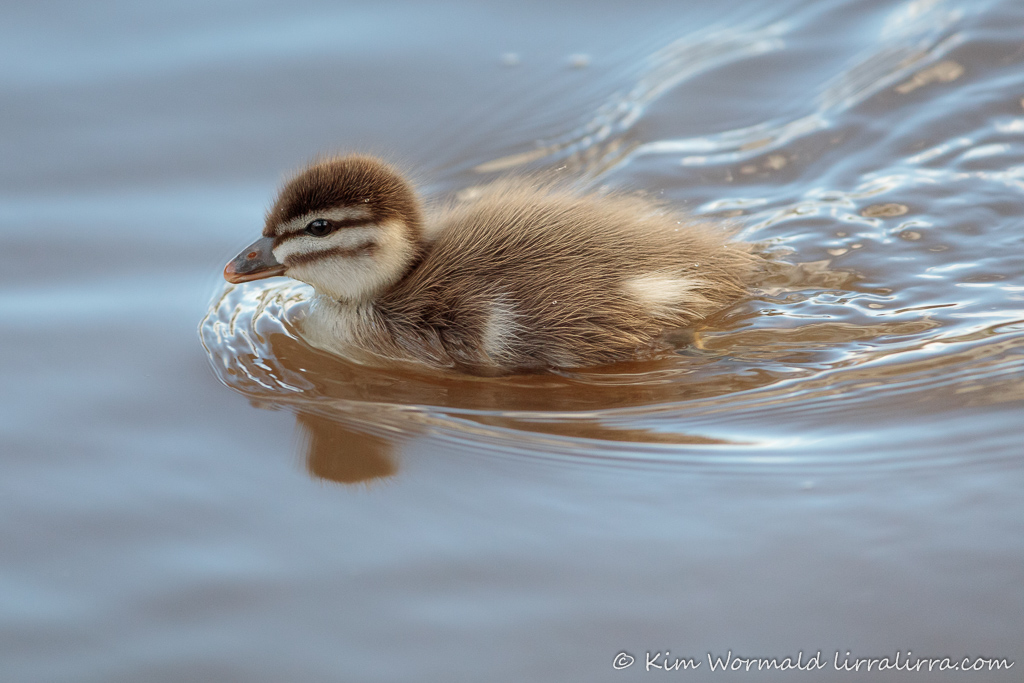
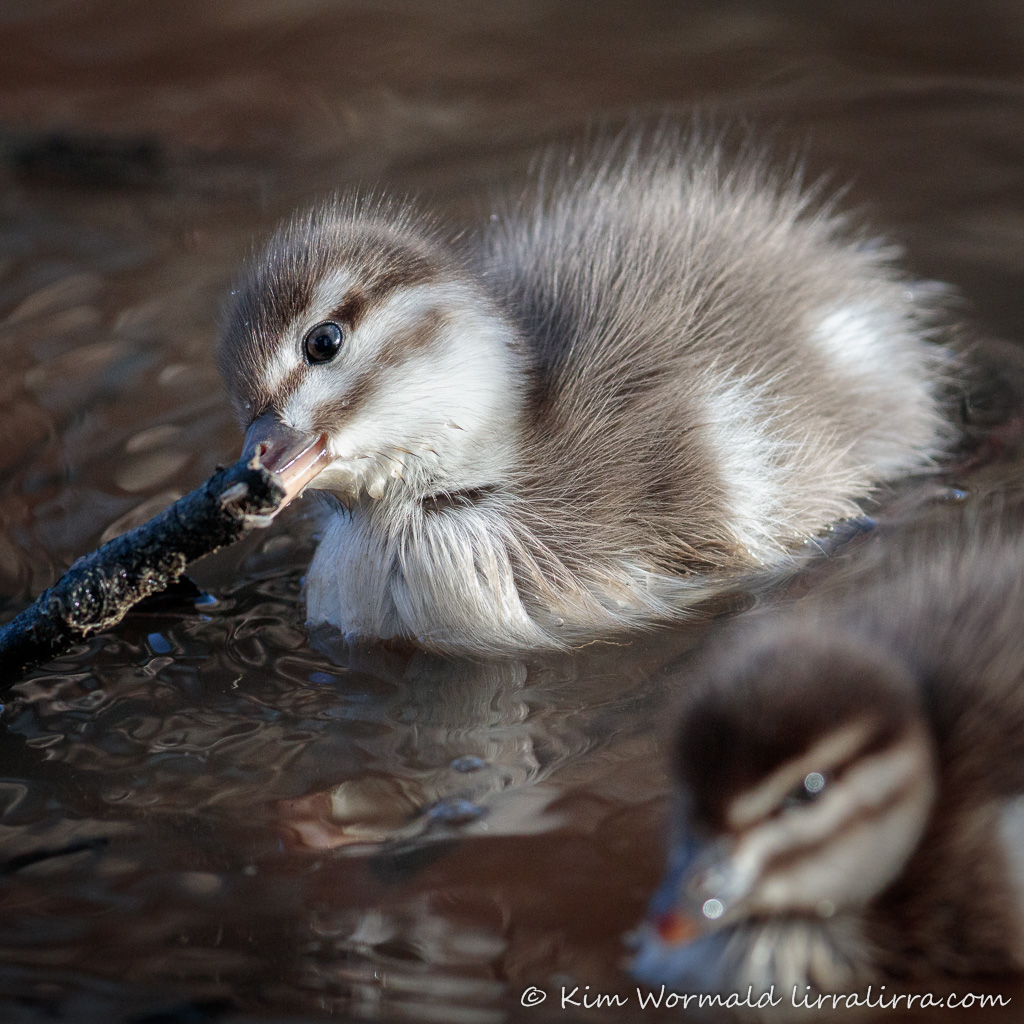

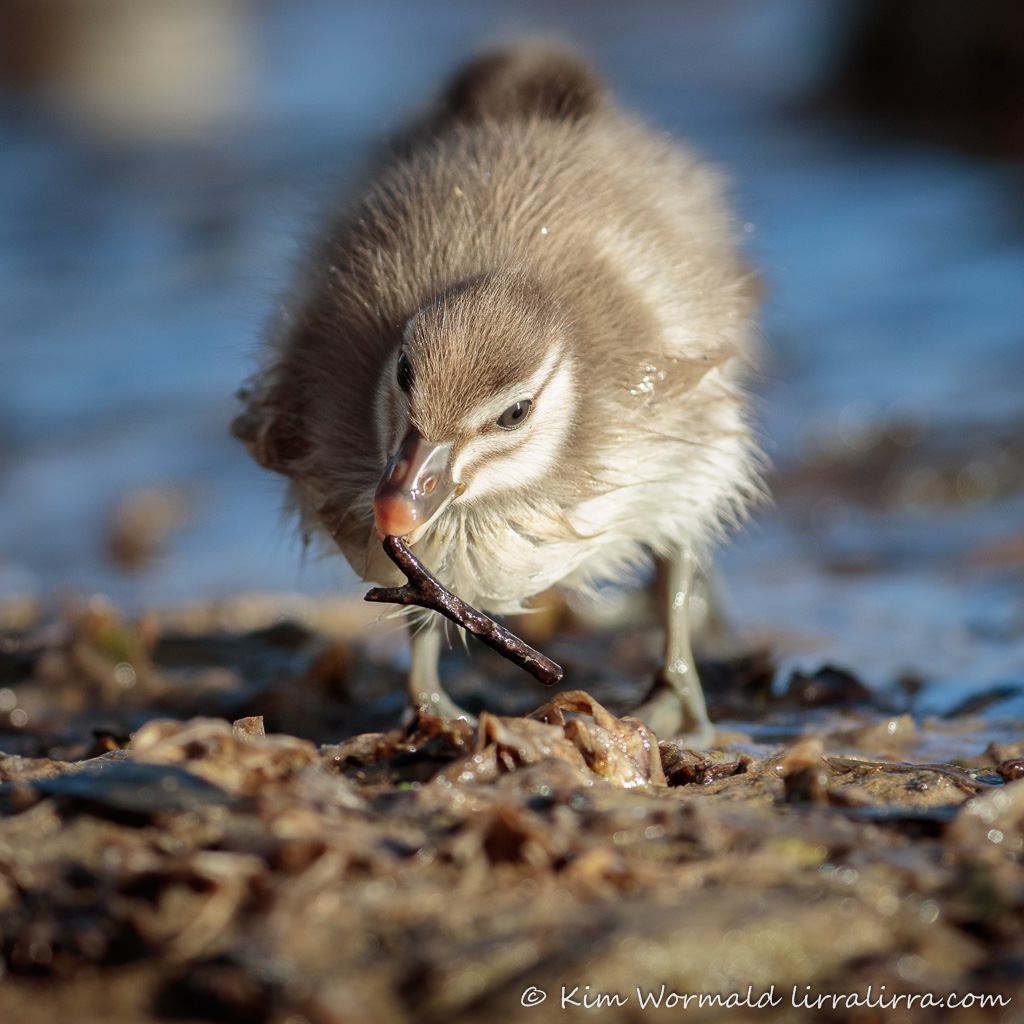
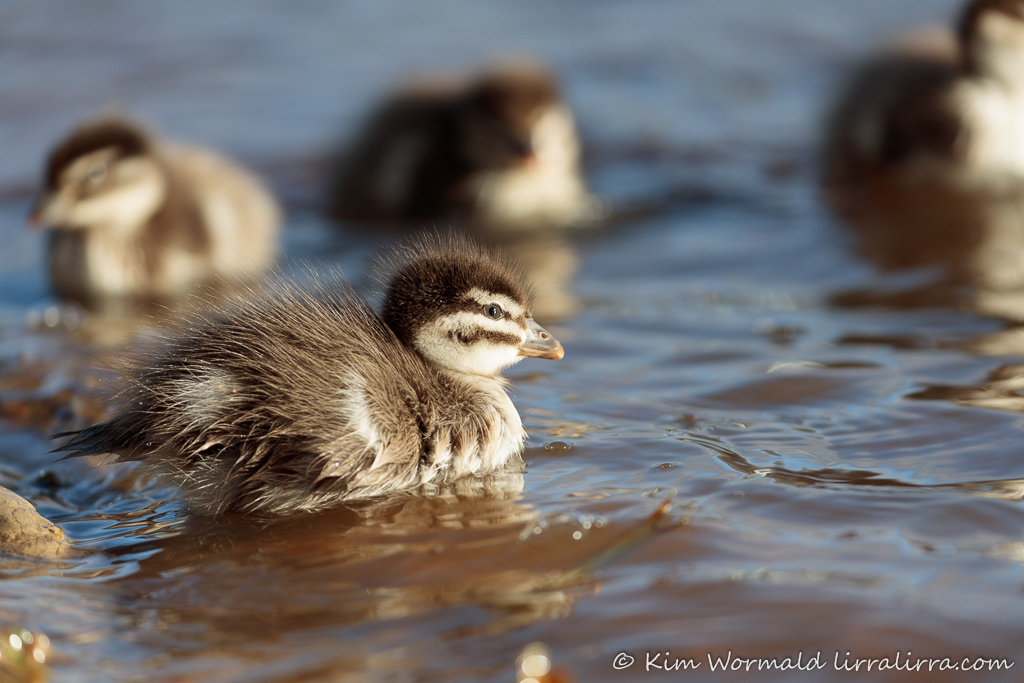
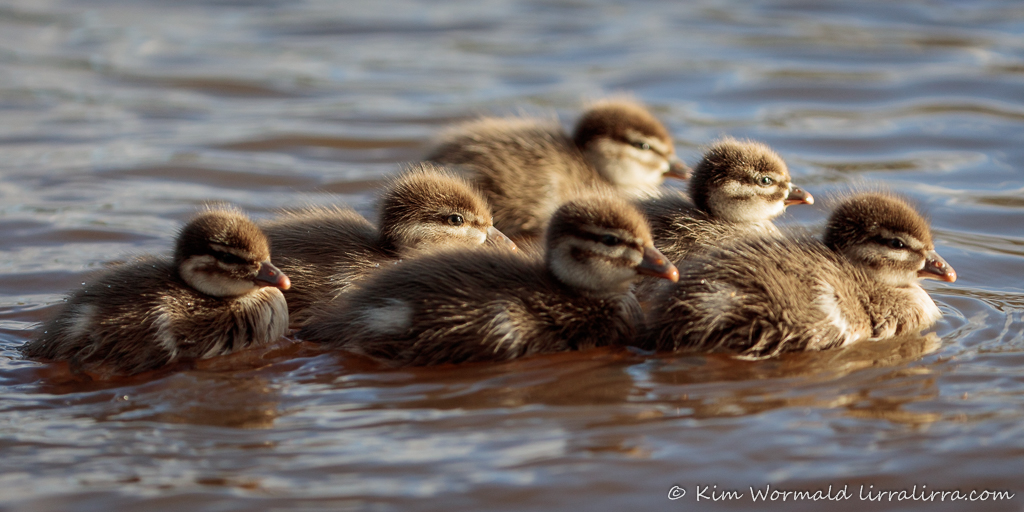
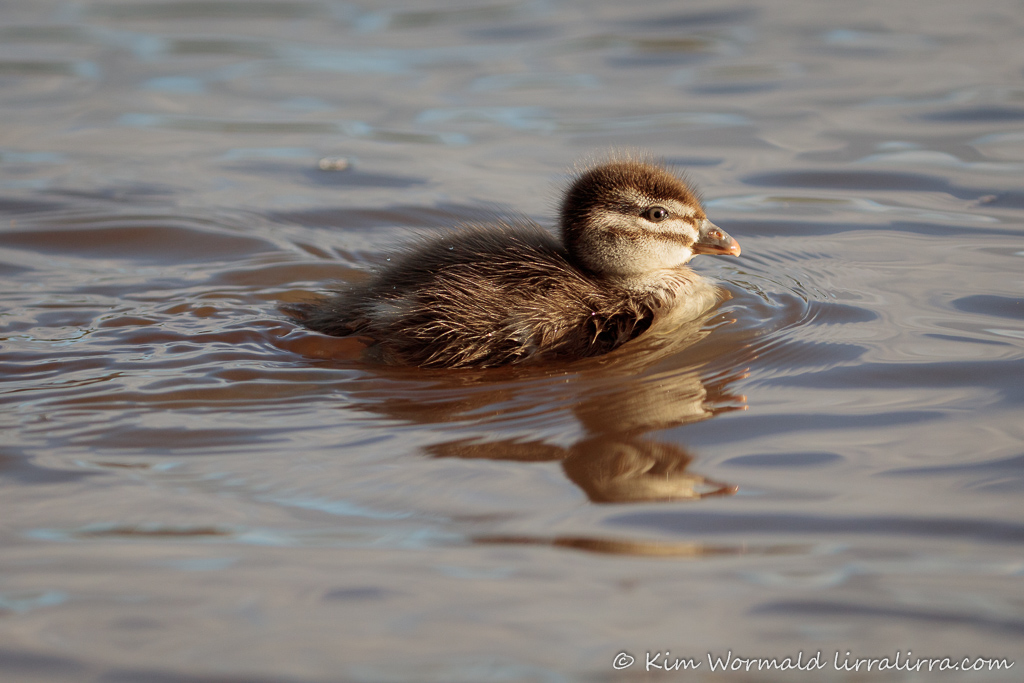
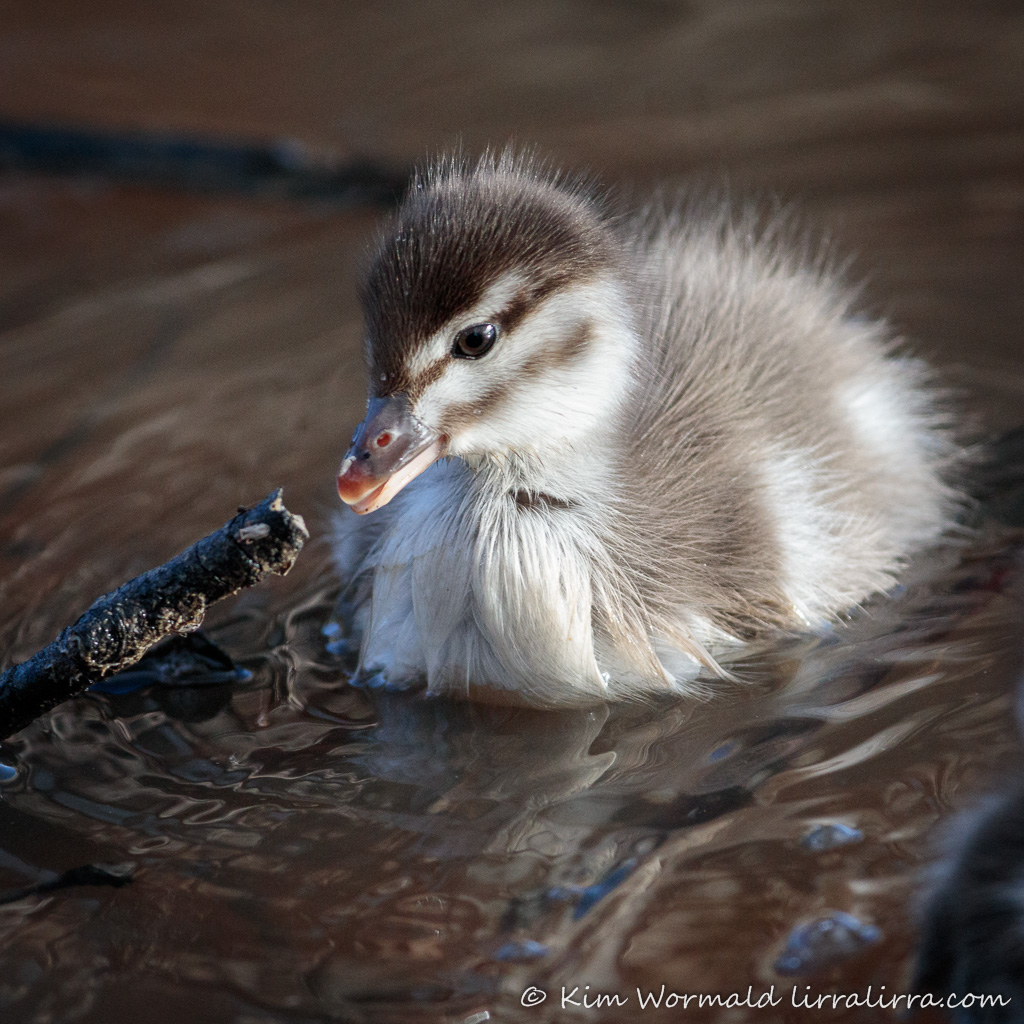

What phenomenal photos of a truly stunning subject 🙂 Gorgeousness all around. Thank you!
Thank you for your lovely comment Ainslie 🙂
Oh my goodness that’s amazing. Is there anyway they could all be eggs from the same female or no way? I love the photobombers ha ha.
Few ducks and no ducklings at Sydney Park this season. Only some moor and swamphens – but happily, three swamphen chicks that have survived for at least 4 weeks. I fear the park is sick.
I’m sorry to hear about the ducks and ducklings, I wonder what happened to them. Maybe, the optimist in me is always hopeful, there is more water inland this year and they’re nesting somewhere else. I’m glad about the swamphen chicks, they are such odd looking little things. I hope your park isn’t sick.
Wonderful images Kim.
Thank you Neil, Kim
Bloody marvelous photography Kimberley, great work. I wish the ducklings at Pardalote Holt had such a great survival rate. We see Wood Ducks, Pacific Black Duck and Plumed Whistling Duck breed here and rarely do I see a clutch survival rate of above 50% beyond 9-weeks. The predators here are many and include Wedge-tailed Eagles, Brown and Grey Goshawks, Collared Sparrow Hawks, Magpie, Torresian Crow, Pied Currawong, Laughing Kookaburra, Lace Monitors (of which there are many), Carpet Pythons and a fox (which has recently taken four of my Guinea Fowl). It’s a tough existence for a duckling and I’m sometimes amazed at just how many do survive.
That is a vast hoard of predators for your ducklings to contend with, it’s amazing that any of them manage to fledge. I’ve just looked at the bird list from Pardalote Holt and your q, u, x and z entries made me smile – good luck with those!
What a wonderful find Kim. The experience of trying to count them all sounds like a real ‘hoot’. Brilliant work as always 🙂
Beautiful shots and so cute.
I was thinking of you when posting these little ducklings
OMG!!! Cuteness overload just priceless, thank you for sharing 🙂
I’m glad you enjoyed the post Genevieve, thanks for letting me know 🙂
Wow Kim, how exciting that must of been . 28 fluff balls surviving is just incredible , what wonderful parents . Great story and photos 🙂
I’m glad you enjoyed the post. It really is remarkable, I can’t help but smile just thinking about them all 🙂
Feathered enchantment.
Thank you.
And wow! That is most excellent parenting. Those poor ducks must be exhausted.
They must be completely exhausted. With so many land and air-based predators they must have been 100% on task all the time. Hopefully they’ll get a good rest now.